The Real Deal on Honey and Cinnamon: A No-Nonsense Guide
I’ve got two things in my pantry that I trust more than just about any fancy supplement: raw honey and real cinnamon. My grandmother was the one who first pointed me in this direction. She wasn’t a scientist, but she had a deep respect for quality ingredients and used them as a sensible, supportive measure for everyday stuff. What she taught me, combined with my own years of research, is what I want to pass on to you. This isn’t about miracle cures; it’s about being smart with the foods you already know.
In this article
But before we dive in, let’s get one thing straight. The stuff you usually grab at the supermarket probably isn’t what we’re talking about. That generic cinnamon? It’s likely a type called Cassia, which can cause issues if you use a lot of it. And that honey in the cute plastic bear? It’s almost always been super-heated and filtered, which strips out the good stuff. Getting this wrong is the number one mistake people make, so let’s start there.
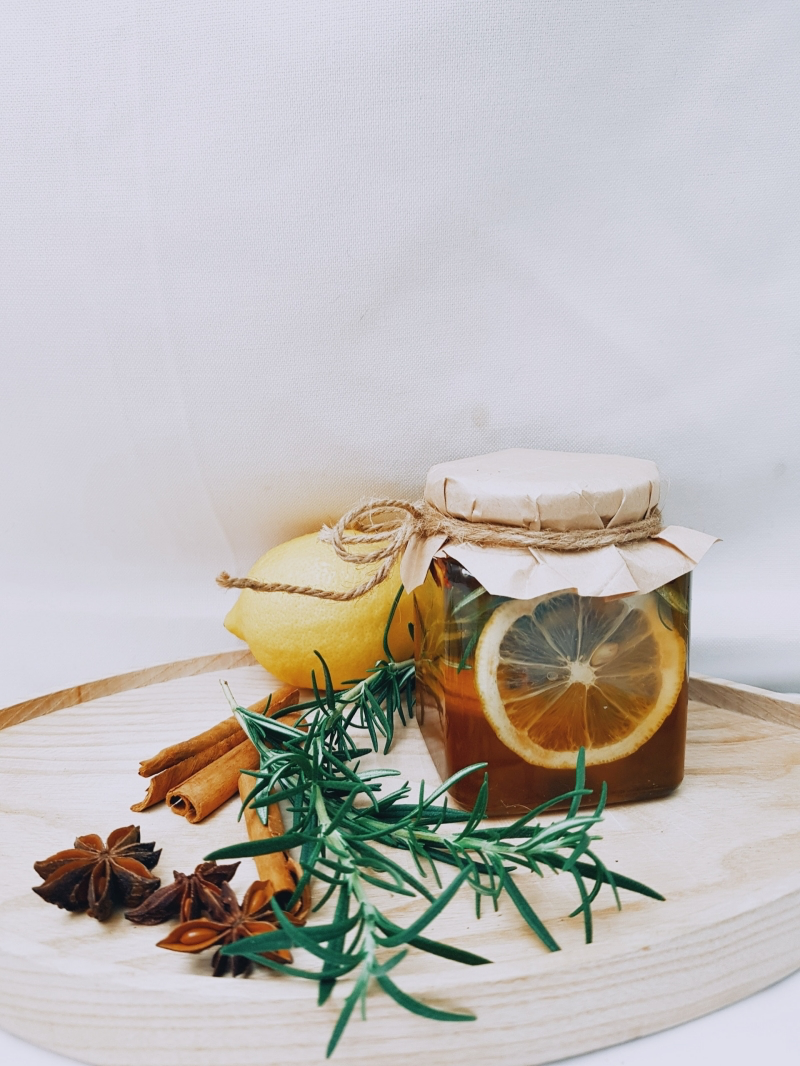
Quick Challenge: Go look at the cinnamon in your kitchen right now. Does the label say “Ceylon” or Cinnamomum verum? If not, you’ve probably got Cassia. Now you know! And that’s the first step.
Why Quality Is Everything: The Stuff You Need to Know
To really get the benefits, you have to understand why these ingredients work. It’s not folklore; it’s just basic chemistry. Knowing a little bit about what’s going on inside them helps you pick the right kind and use it correctly.
Let’s Talk About Honey
Raw honey is so much more than a sweetener. When bees create it, they add special enzymes that make it unique. One of these, glucose oxidase, actually helps produce tiny amounts of hydrogen peroxide when the honey is mixed with water. Yep, the same stuff used as a mild antiseptic. This, along with its naturally acidic pH and low water content, creates an environment where bacteria just can’t thrive.
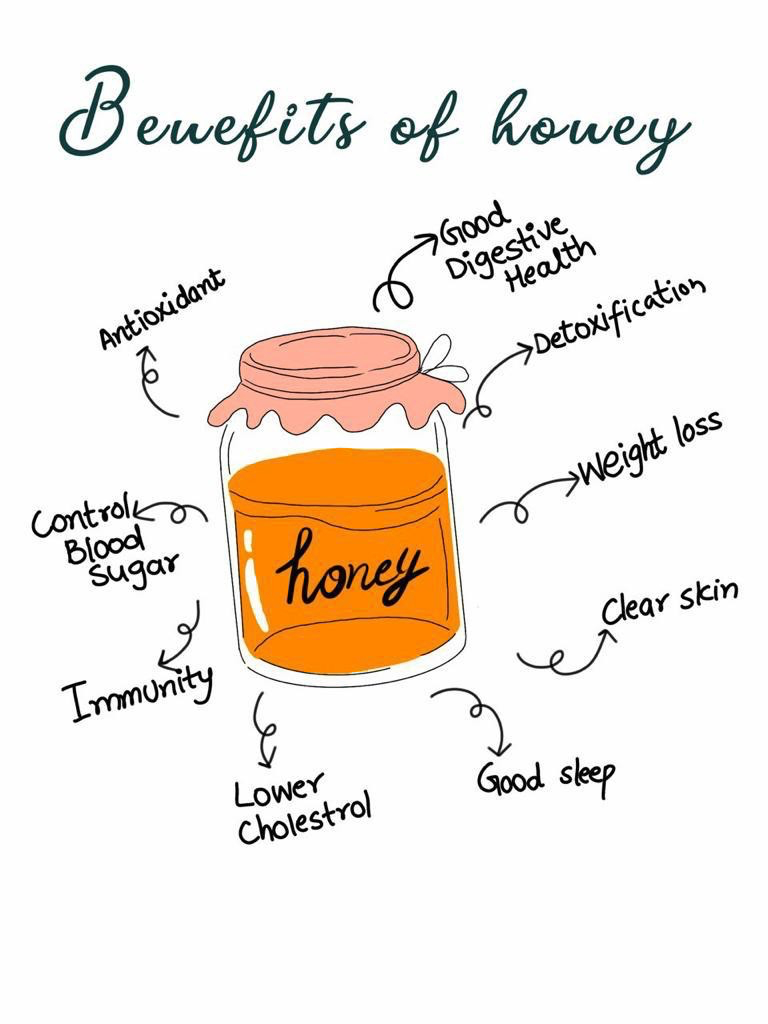
But here’s the catch. Most commercial honey is pasteurized, meaning it’s heated to high temperatures (often over 160°F). This keeps it smooth and liquid on the shelf, but it also destroys those delicate enzymes. So, that commercial honey is missing its key antibacterial mojo. A good rule of thumb I always follow: never heat raw honey above 104°F (40°C) if you want to protect its valuable properties.
The Two Cinnamons: This Is SUPER Important
Okay, this is probably the most critical safety lesson in this entire guide. Not all cinnamon is created equal, and it really matters which one you use for health purposes.
Your two main options are Cassia and Ceylon, and they’re worlds apart.
Cassia cinnamon is the common one. It’s cheap, has a strong, spicy kick, and is a dark reddish-brown. If you buy the sticks, they’re made of a single, thick layer of bark curled into a hard tube. The issue with Cassia is a compound called coumarin. In high doses, coumarin can be tough on the liver. Some health agencies recommend a very low daily intake, and honestly, a single teaspoon of Cassia powder can easily put you over that limit. It’s fine for a batch of holiday cookies, but for daily use? It’s a risk I would never take.
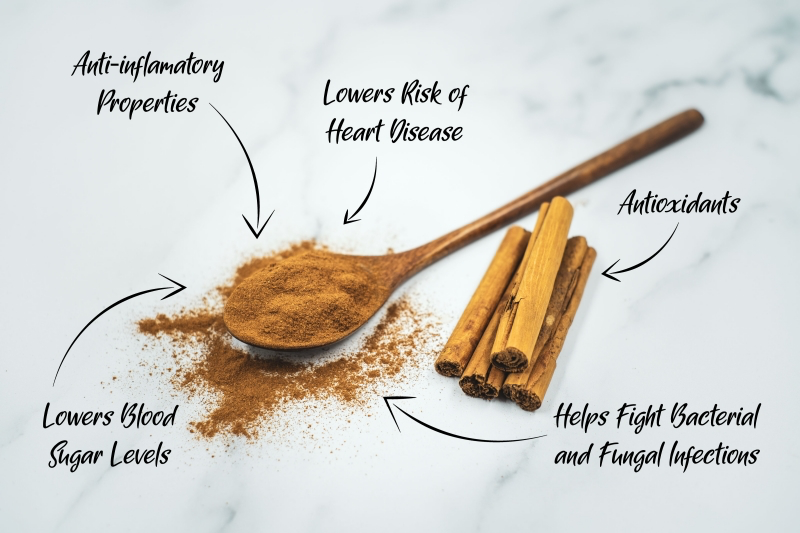
Ceylon cinnamon, on the other hand, is known as “true cinnamon.” It’s a lighter tan color, with a milder, more complex, and slightly sweet flavor. The sticks are easy to spot because they’re made of many paper-thin layers rolled together that crumble easily. Most importantly, Ceylon contains only tiny, insignificant traces of coumarin, making it the go-to for regular, daily use. It’s the only kind I use for health-focused recipes.
Sourcing and Prepping Like a Pro
So, where do you find the good stuff? It takes a little more legwork than a quick trip down the grocery aisle, but it’s totally worth it.
Where to Buy and What to Pay
For raw honey, your best bet is a local beekeeper. Hit up a farmers’ market and chat with them. Ask if their honey is raw and unheated. A great sign of quality is crystallization—if your honey turns solid over time, that’s natural and means it hasn’t been overly processed. In a store, look for jars explicitly labeled “raw” or “unpasteurized.”
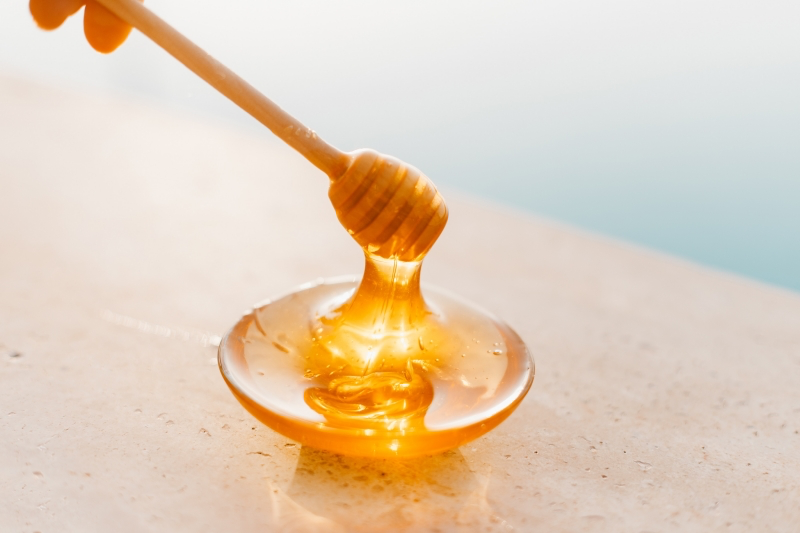
For Ceylon cinnamon, you’ll likely need a specialty spice shop or a reputable online seller (some people like Penzey’s or The Spice House). The label should clearly say “Ceylon Cinnamon” or its scientific name, Cinnamomum verum.
Oh, and be prepared for a little sticker shock. You’re paying for quality and safety. A 16oz jar of true raw honey from a beekeeper might run you $15 to $25, while the plastic bear is under $10. A small bag of real Ceylon cinnamon powder could be $10 to $15, whereas a huge container of Cassia is often under $5.
Storing and Preparing Your Ingredients
Once you’ve got them, store them right. Keep raw honey in a sealed glass jar in a cool, dark cupboard (not the fridge, which makes it crystallize faster). If it does get solid, just place the jar in a bowl of warm—not hot!—water until it liquifies again.
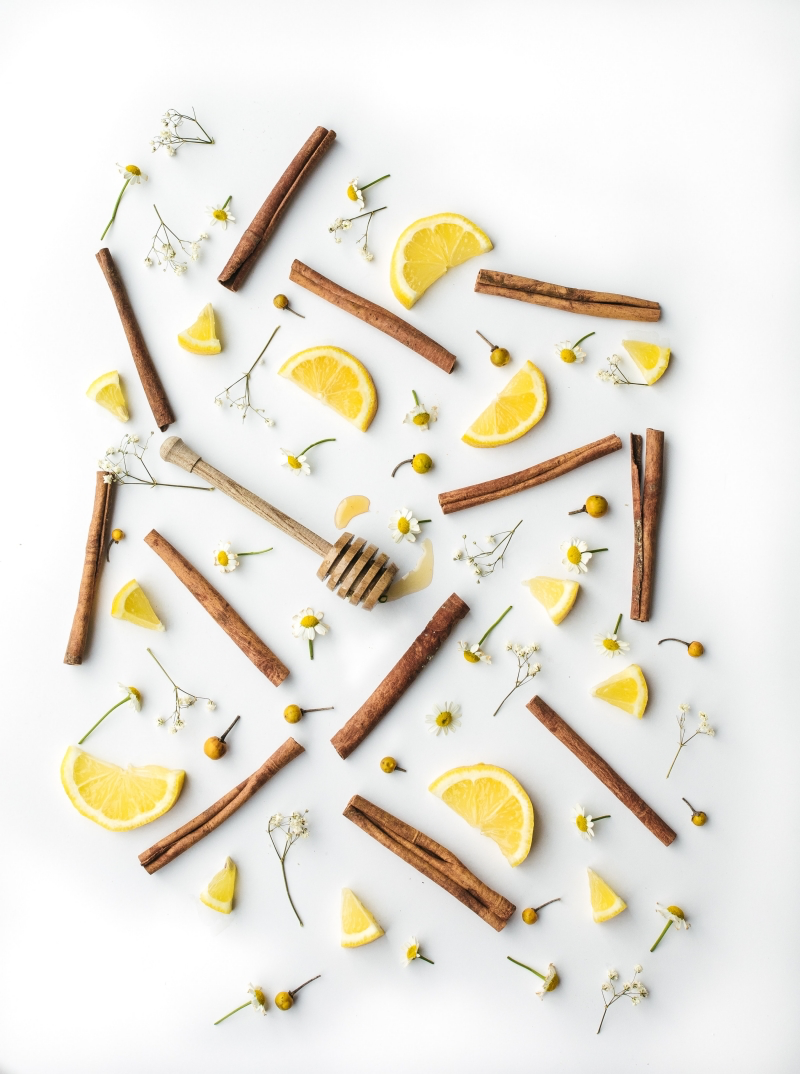
Store your cinnamon in an airtight container away from light and heat. Pro tip: I buy Ceylon sticks and grind them myself right before I use them. The flavor is incredible! I just use a cheap little coffee grinder that I keep exclusively for spices. It works perfectly.
A common question I get is, “Can I pre-mix a big batch of honey and cinnamon?” Absolutely! It saves time. Just know that the cinnamon might settle, so you’ll want to give it a good stir before each use.
Practical Ways to Use Honey and Cinnamon
Alright, let’s get to the good part. Here are a few reliable ways to use this combo, with realistic expectations.
Soothing a Sore Throat or Cough
This is a classic for a reason. Honey coats the throat, providing temporary relief from that scratchy irritation that makes you cough. Simply mix a tablespoon of raw honey with about 1/4 teaspoon of freshly ground Ceylon cinnamon. You can take it straight off the spoon or stir it into a warm (not boiling!) cup of water or herbal tea. It’s a fantastic comfort before bed.
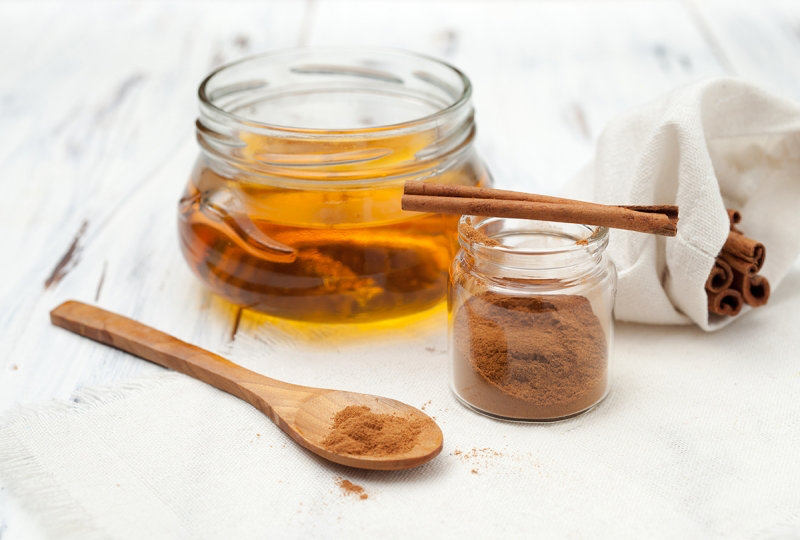
For Minor Digestive Comfort
Cinnamon is known to help with things like gas and indigestion. Honey contains prebiotics, which are food for the good bacteria in your gut. To try it, you can take a spoonful of honey with a sprinkle of cinnamon about 15-20 minutes before a meal. Important disclaimer: This is for MILD discomfort. If you suspect something serious like an ulcer, you need to see a doctor. Period.
A Simple Skin Soother
For a minor blemish, you can mix a dab of honey with a tiny pinch of Ceylon cinnamon to form a paste. Apply it to the spot, leave it for 10-20 minutes, and rinse. But a major heads-up: Cinnamon can be irritating to sensitive skin. Always do a patch test on your inner arm first to make sure you don’t have a reaction.
Level Up: Making Cinnamon-Infused Honey
Ready for a fun little project? Making your own cinnamon-infused honey is super easy and feels so gourmet. It’s a great next step once you have the basics down.
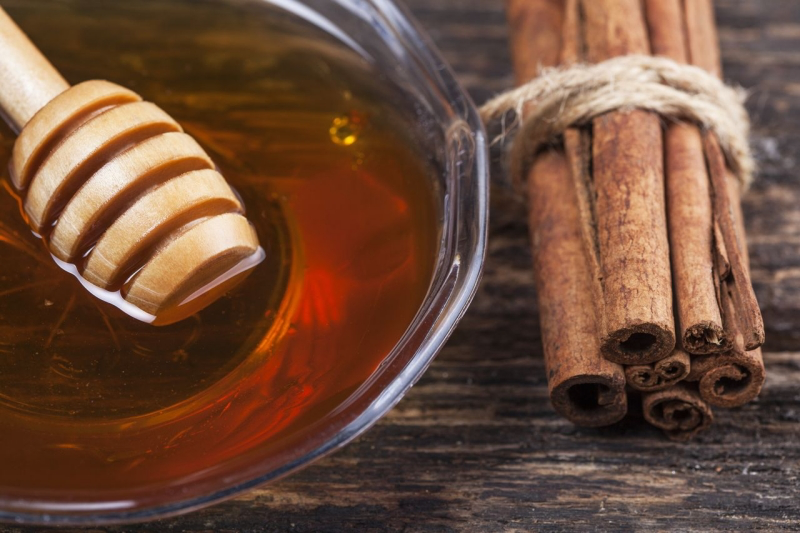
Here’s how you do it:
- Start with a cup of good-quality raw honey. If it’s crystallized, gently warm the jar in a bowl of warm water until it becomes liquid again.
- Pour the honey into a clean glass jar with a tight-fitting lid.
- Add 3-4 Ceylon cinnamon sticks. Make sure they are fully submerged in the honey.
- Seal the jar and place it in a dark cupboard. Let it steep for at least one week, though two weeks is even better. The longer it sits, the stronger the flavor will be!
- You can leave the sticks in or strain them out. Use this delicious honey in tea, on toast, or drizzled over yogurt.
Your Quick-Reference Shopping List
When you’re ready to buy, here’s what to look for:
- Raw, unpasteurized honey (local is best!)
- Ceylon cinnamon (labeled Cinnamomum verum)
- Glass jars with tight lids for storage
Safety First: The Non-Negotiable Rules
Natural doesn’t automatically mean harmless. Respecting these ingredients means knowing the risks. Please take these warnings seriously.
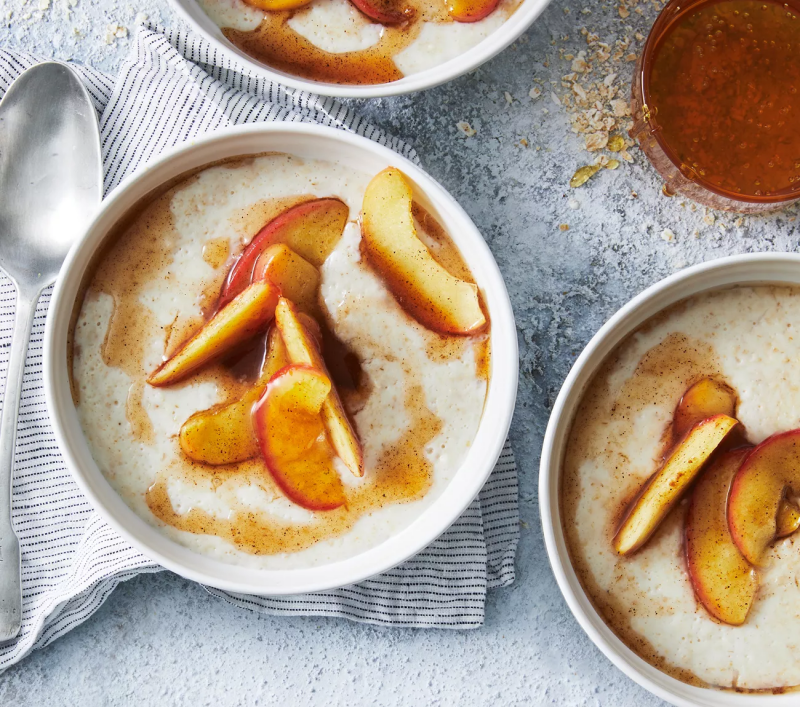
1. No Honey for Babies. Never, ever give honey to a child under one year old. It can contain spores that cause a rare but serious illness called infant botulism.
2. Stick to Ceylon for Daily Use. I know I sound like a broken record, but it’s that important. The high coumarin content in Cassia cinnamon poses a real risk of liver issues over time. Use Cassia for occasional baking if you must, but for a daily regimen, it has to be Ceylon.
3. Be Smart About Blood Sugar. If you have diabetes, remember that honey is still a sugar and will raise your blood glucose. Talk to your doctor before adding this to your routine.
4. Watch for Allergies. Reactions are possible. If you have pollen allergies, you might react to raw honey. Always start with a small amount to see how you feel.
5. Talk to a Professional. Look, I’m sharing my experience to help you make informed choices, but I am not a doctor. This information is for educational purposes only. For any health condition, your first call should always be to a qualified healthcare provider.
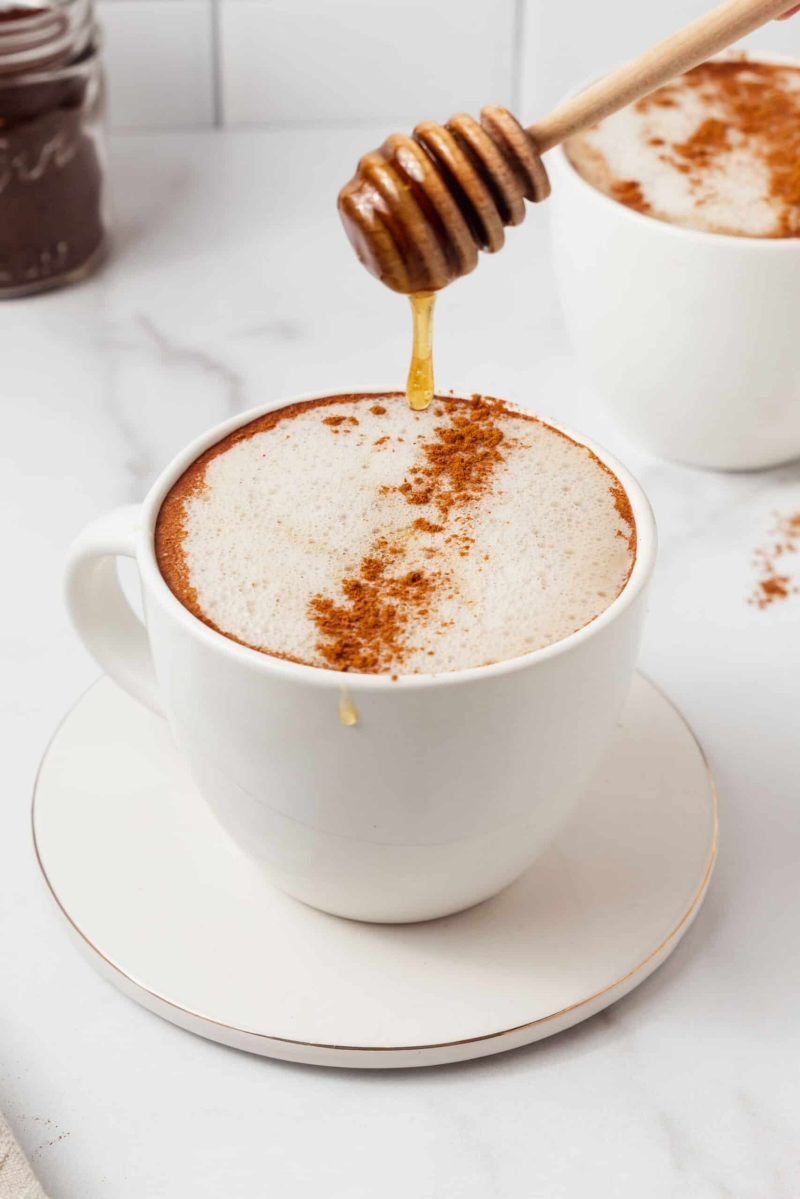
At the end of the day, honey and cinnamon are amazing tools to have in your wellness toolkit. When you choose them with care, understand their properties, and use them with respect, you can unlock their benefits safely. Happy experimenting!
Inspiration:
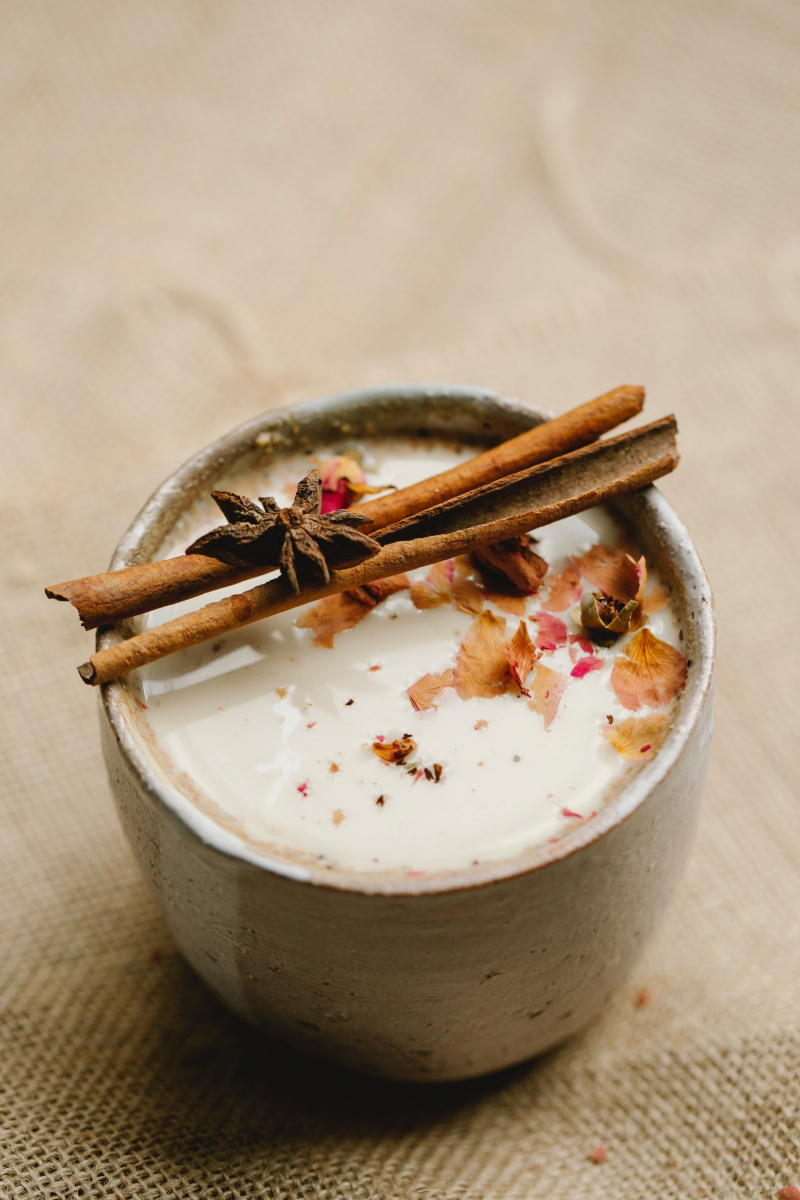
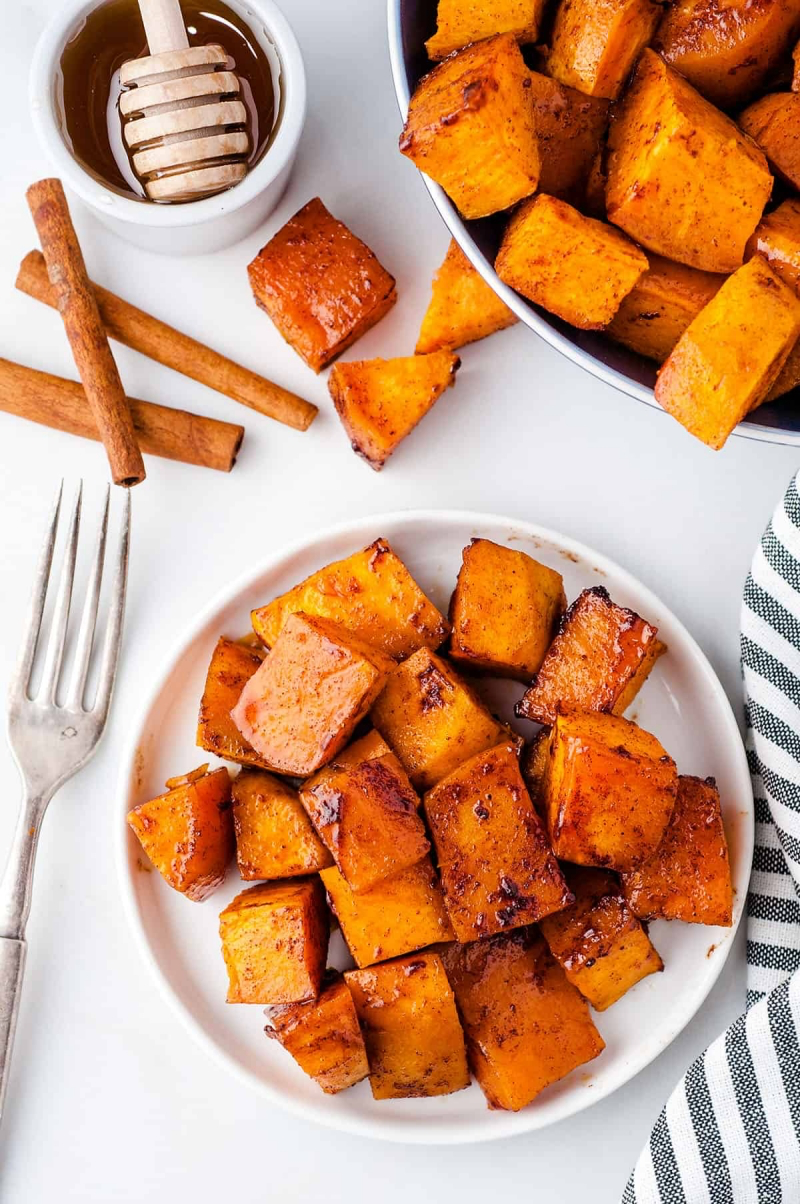
The Ebers Papyrus, an ancient Egyptian medical text from around 1550 BC, lists honey in over 100 remedies for external wounds and internal ailments.
This isn’t a modern wellness fad; it’s a practice rooted in millennia of observation. The Egyptians revered honey for its preservative and healing properties long before we understood the science of enzymes and pH levels. Your spoonful of honey connects you to one of humanity’s oldest natural medicines.
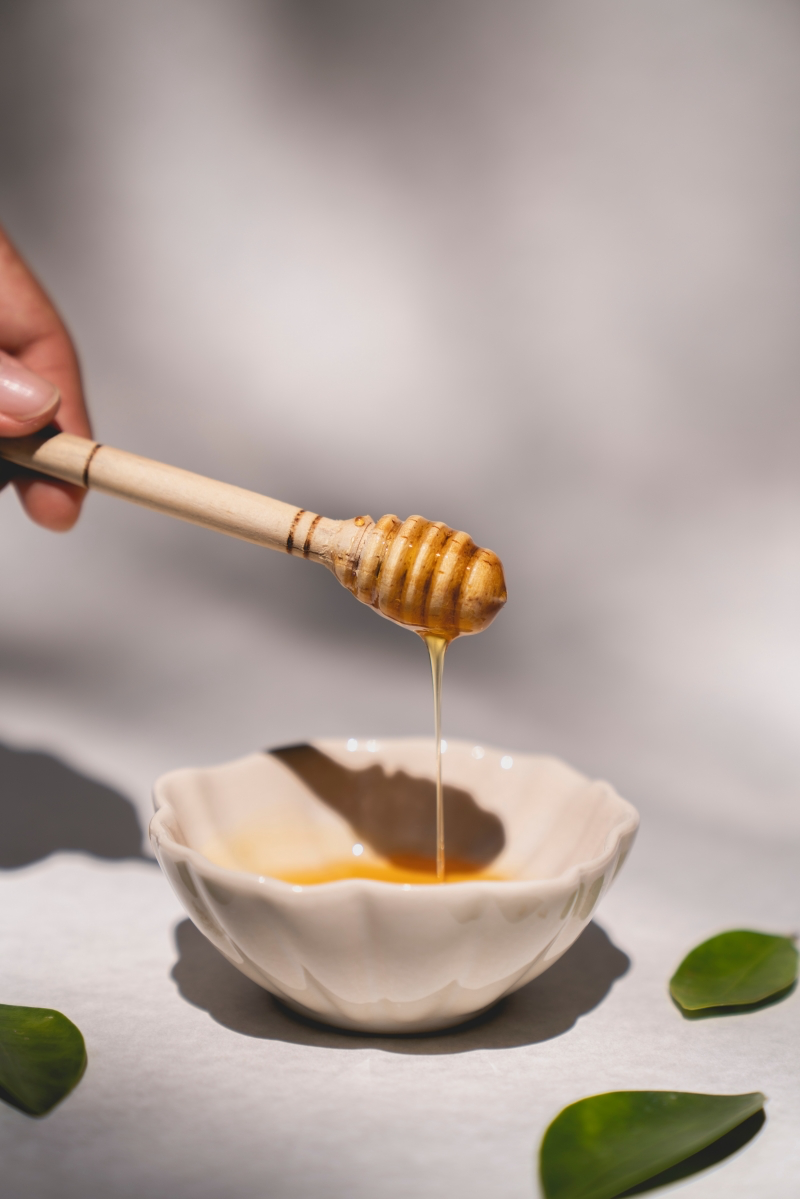
Manuka Honey: Sourced from New Zealand, its potency is measured by a UMF (Unique Manuka Factor) rating. A UMF of 10+ is considered therapeutic grade, ideal for targeted use. Look for brands like Comvita or Wedderspoon that provide certification.
Local Raw Honey: Its profile reflects your regional flora. While less potent in methylglyoxal than Manuka, it’s perfect for daily wellness and some believe its local pollen content may help with seasonal allergies.
For everyday support, local is great. For a powerful, short-term boost, Manuka is an excellent tool to have in your cabinet.
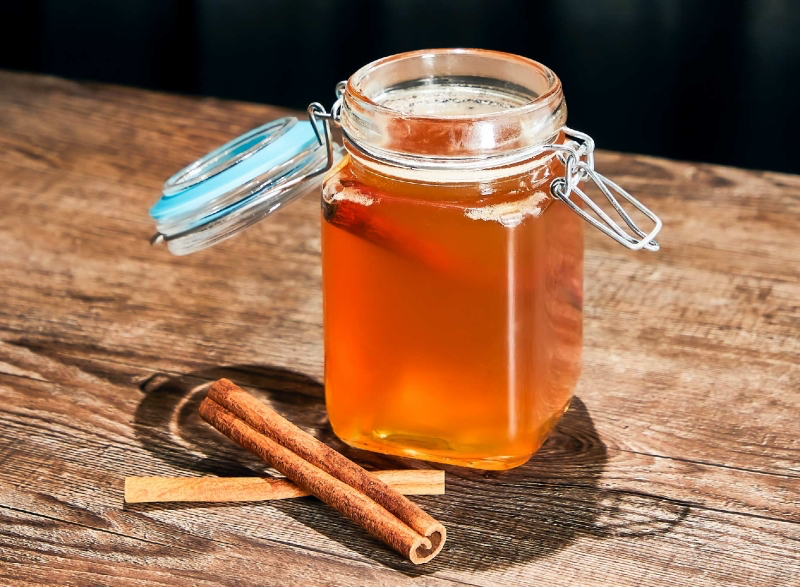
Unlock the full potential of your wellness ritual with the right preparation. Here’s the best way to combine them:
- Bring water to a boil, then let it cool for at least 5-7 minutes. The ideal temperature is warm, not scalding.
- Pour the warm water over your Ceylon cinnamon (a stick or a half-teaspoon of powder) and let it steep.
- Stir in your raw honey only when the drink is at a comfortable sipping temperature. This preserves its delicate, heat-sensitive enzymes.

The one mistake to avoid: Never microwave your honey or add it to boiling liquids. Temperatures above 110°F (about 43°C) begin to degrade or destroy the beneficial enzymes that make raw honey so special. A little patience ensures you get all the goodness.
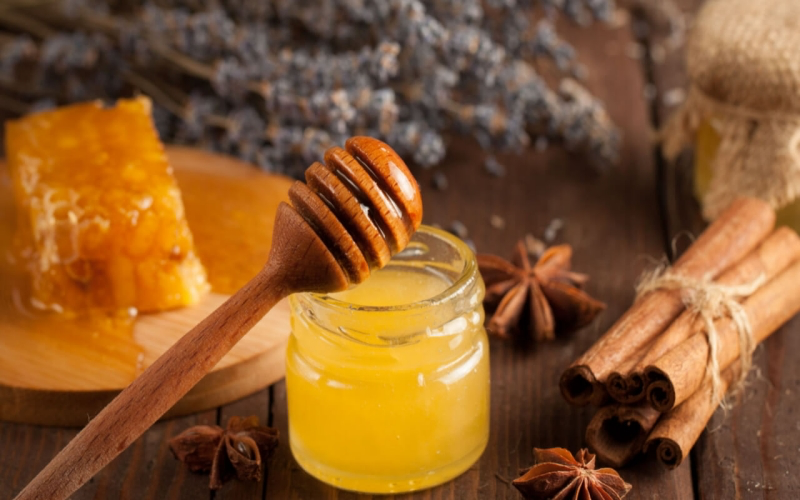
I bought real Ceylon cinnamon sticks. How do I get the most out of them?
Unlike Cassia, Ceylon’s delicate layers make it easy to grind fresh for maximum potency. Use a simple coffee or spice grinder to turn a stick into a fragrant powder just before you use it. The aroma alone tells you how much more vibrant it is than pre-ground versions! For tea, you can also just break a piece off and let it steep directly in warm water for 10 minutes.
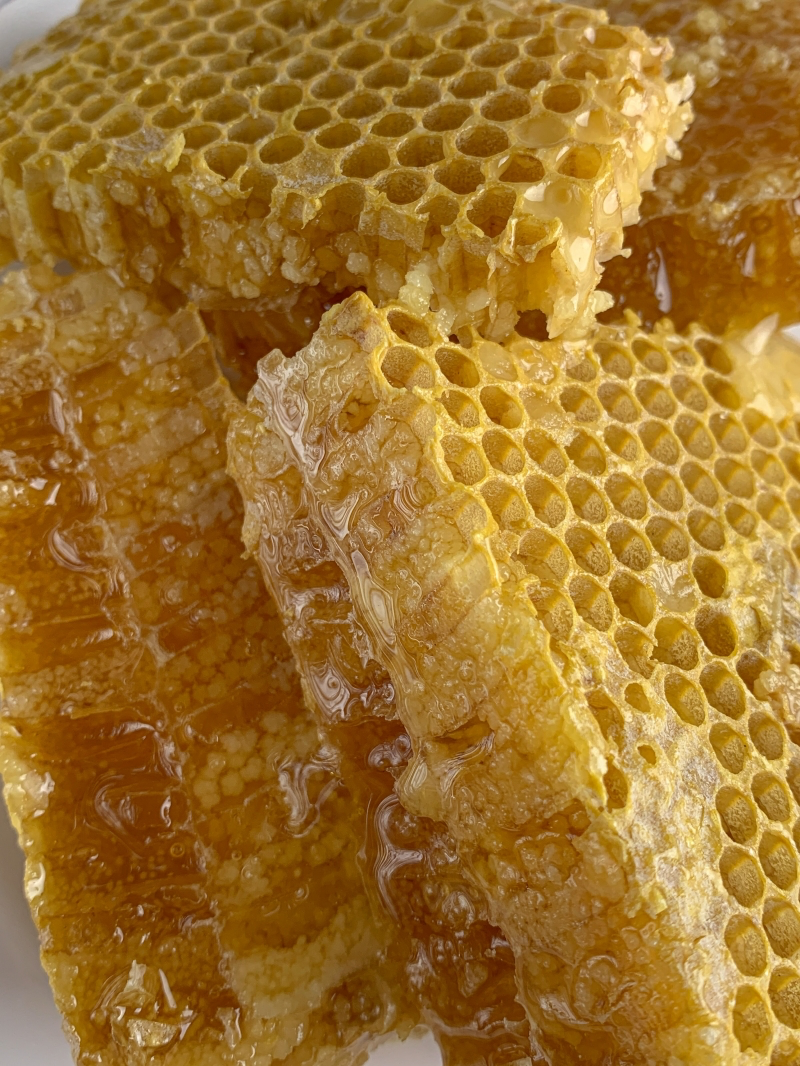
- A comforting, spicy-sweet aroma.
- A gentle warmth that soothes from within.
- A satisfying treat without a sugar crash.
The secret? It’s not just the ingredients, but the ritual. Taking five minutes to mindfully prepare and sip this simple drink is a powerful and grounding act of self-care in a busy world.
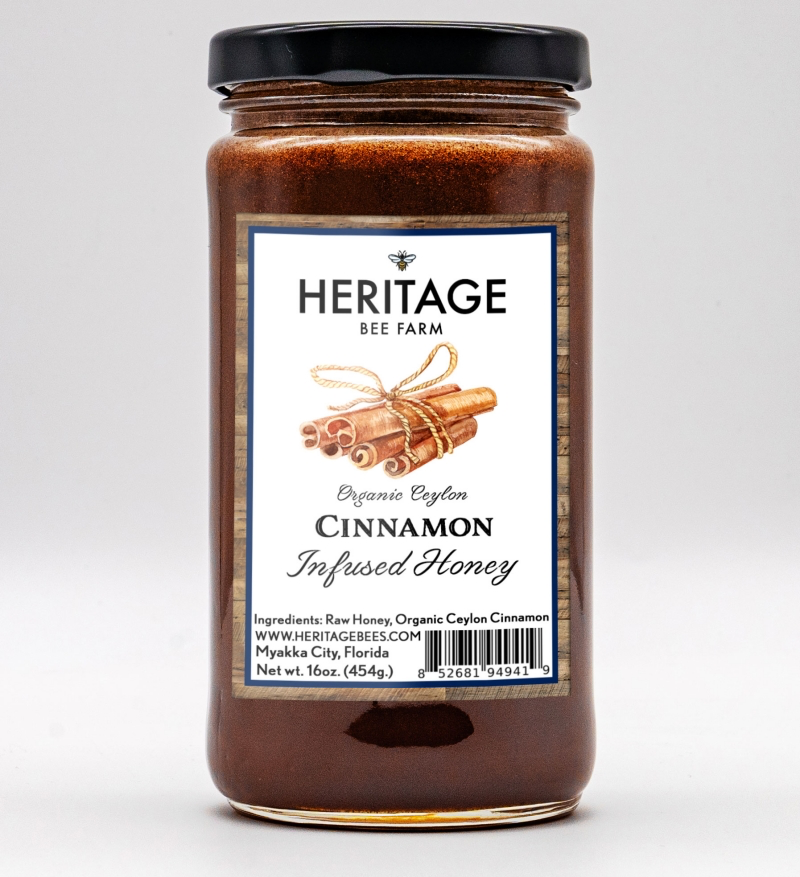
Don’t be alarmed by crystallized honey! It is not a sign of spoilage. In fact, it’s proof that your honey is truly raw and unprocessed.
Beyond a soothing tea, this pair shines in a simple DIY face mask. Mix one tablespoon of raw honey (Manuka is excellent here) with a half-teaspoon of finely ground Ceylon cinnamon. Apply to clean, damp skin, avoiding the eye area. Let it sit for 10-15 minutes before rinsing with warm water. Honey acts as a natural humectant and antibacterial agent, while cinnamon can help stimulate blood flow for a healthy glow.










